Announced last month as the top device in the iPhone 12 family, the iPhone 12 Pro Max features the largest screen and the most impressively specified main camera of Apple’s new batch of phones. The main wide camera has a 26 mm-equivalent f/1.6 lens in front of a 12 MP sensor with 1.7µ photo sites (larger than the 12 MP 1.4µ sensor in the iPhone 12 Pro and the iPhone 11 Pro Max). It also features a sensor-based optical stabilization system, a first for Apple (most phone camera modules shift the lens rather than the sensor to offset camera movement). There’s an ultra-wide 13 mm-equivalent camera and a 65 mm-equivalent tele-module that offers a 2.5x zoom over the main camera (a bit more reach than the iPhone 11 Pro Max or 12 Pro), and an unusual LiDAR sensor for building depth maps.
On paper, the iPhone 12 Pro Max has the most impressive imaging capabilities to date in an Apple phone. Read our review, performed under the brand-new version 4 of the DXOMARK Camera test protocol, to find out how it performs.
Key camera specifications:
- Primary: 12 MP sensor (1.7µ photo sites), 26 mm-equivalent f/1.6-aperture lens, sensor shift OIS, PDAF
- Ultra-wide: 12 MP 1/3.6″ sensor, 13 mm-equivalent (14 mm measured) f/2.4-aperture lens
- Tele: 12 MP 1/3.4″ sensor, 65 mm-equivalent f/2.2-aperture lens, PDAF, OIS
- LiDAR depth sensing
- LED flash
- 4K Dolby Vision HDR video at 24/30/60 fps (2160p/30 fps tested)
About DXOMARK Camera tests: For scoring and analysis in our smartphone camera reviews, DXOMARK engineers capture and evaluate over 3000 test images and more than 2.5 hours of video both in controlled lab environments and in natural indoor and outdoor scenes, using the camera’s default settings. This article is designed to highlight the most important results of our testing. For more information about the DXOMARK Camera test protocol, click here. More details on how we score smartphone cameras are available here.
Test summary
Scoring
Sub-scores and attributes included in the calculations of the global score.
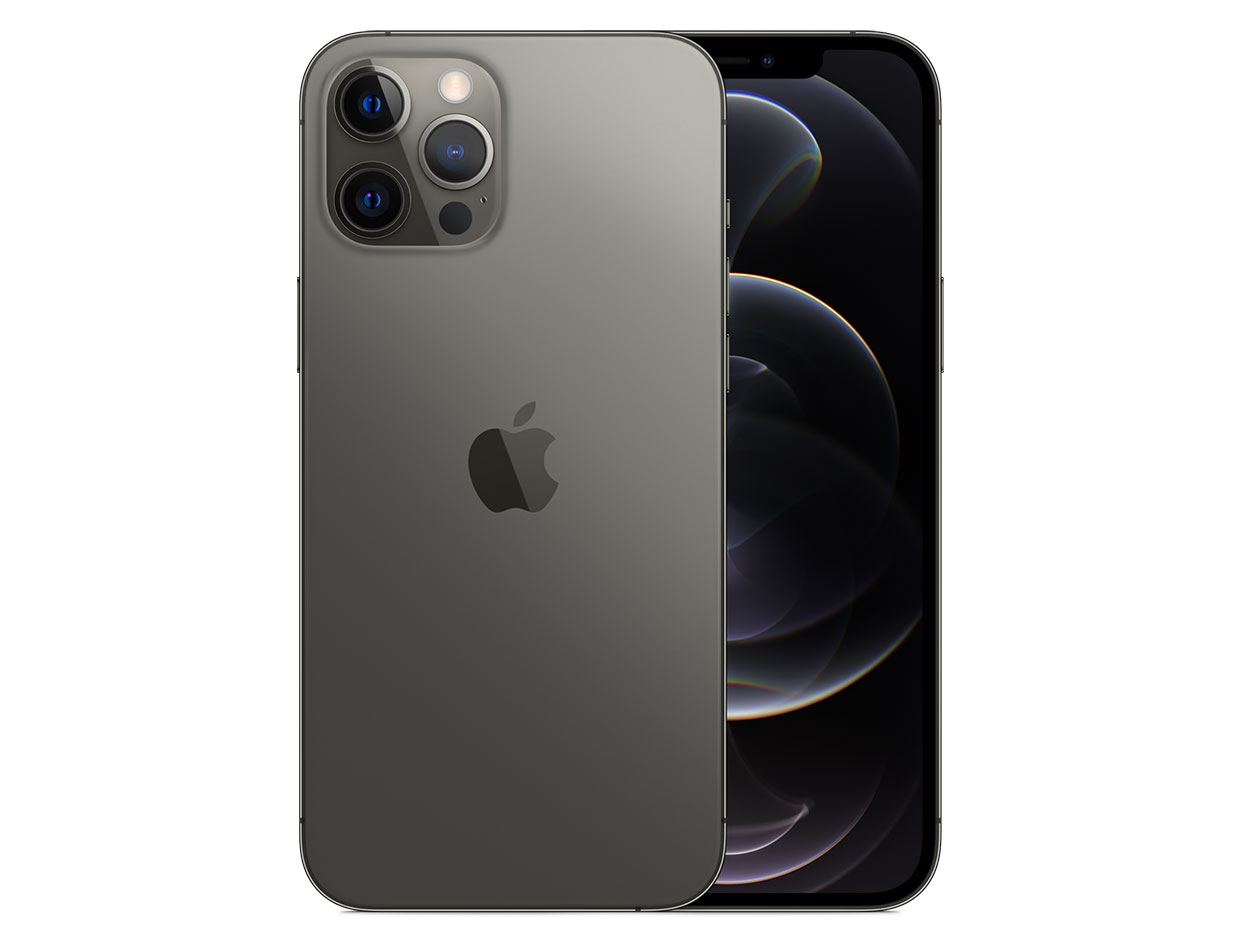
Apple iPhone 12 Pro Max


Use cases & Conditions
Use case scores indicate the product performance in specific situations. They are not included in the overall score calculations.
Outdoor
Photos & videos shot in bright light conditions (≥1000 lux)
Indoor
Photos & videos shot in good lighting conditions (≥100lux)
Lowlight
Photos & videos shot in low lighting conditions (<100 lux)
Friends & Family
Portrait and group photo & videos
Apple’s iPhones generally offer very good imaging performance but last year’s models have been pushed down in our rankings by the latest and greatest from other phone makers. With the iPhone 12 Pro Max, Apple again storms the heights of our database, but doesn’t quite reach the top. Its impressive DXOMARK Camera score of 130 lands it just outside the top three, but its excellent Photo sub-score of 138, based on strong performance with few stumbles, is second only to Huawei’s Mate 40 Pro as of this writing.
Exposure is generally accurate (as you’d hope), especially on portraits, and even down to very low light levels. Less impressive dynamic range holds the exposure score back, however, as highlights and shadows tend to clip when the camera faces scenes with a very high brightness range. Color is generally pleasant, especially indoors, where a slightly warm rendering is often flattering. However, in high dynamic range scenes, color is less reliable.
Autofocus is particularly fast and accurate, with the iPhone 12 Pro Max setting a new high for this sub-score. Despite the larger sensor, the main camera also maintains enough depth of field (and manages it properly) to keep everyone in focus in our group test shots.
The phone balances texture and noise better than the iPhone 11 Pro Max, and texture preservation is very good, with the camera hanging onto detail even as light levels drop. Noise is also lower than we measured in its predecessor. But despite the improvements, the very best of the competition still manages to balance noise and detail more deftly.
Apple was an early mover in simulating background blur with a dedicated portrait mode and its latest effort in this iPhone delivers nice results, with pretty good subject separation, a natural-looking blur gradient, and uniform noise across the frame. However, that fancy LiDAR sensor apparently isn’t the be-all and end-all of depth mapping, as we still see artifacts around difficult subjects like hair.
Image artifacts are reasonably well controlled, but the iPhone 12 Pro Max actually takes a small step backwards from its predecessor, losing three points for this sub-score. Hue shift, color quantization, ringing, and ghosting are often visible if you’re looking for them.
The iPhone 12 Pro Max achieves a score of 68 in our new Zoom metric, which combines the Wide and Tele scores. This is a substantial improvement over the 11 Pro Max (which we retested with the new protocol), but rather far behind the best of the competition. This iPhone does quite well on the wide part of the equation, offering lots of coverage and good overall image quality (with a few caveats). At moderate zoom ratios, the phone’s capable tele-module does a very good job.
However, the iPhone 12 Pro Max can’t really compete on the long end of its zoom with the best of its adversaries. Xiaomi, Huawei, and others have been pushing hard on extending the reach of phones with long focal-length tele-modules, while the iPhone is a modest 65 mm-equivalent.
With a Video score of 113, the iPhone 12 Pro Max ties for second place in our video testing with the Huawei P40 Pro, leaving Huawei’s Mate 40 Pro at the top of the list. Apple adds Dolby Vision HDR support, which does indeed deliver high dynamic range and pleasant tone mapping when played back on a compatible display. Dynamic range is wide in general, though highlights can still clip in extreme situations.
Texture and noise are well balanced under most conditions, with low noise and plenty of detail present when shooting outdoors or in moderate indoor lighting. Light levels have to get quite low before noise becomes intrusive and detail drops. Color is generally pleasant, despite some slight white balance casts that are sometimes visible (more so in very low light).
As with stills, video autofocus is accurate and fast, with quick and smooth shifts when subject distance changes. Stabilization is also effective, including when walking or panning.
Even though exposure is generally accurate, our testers noticed slight exposure instabilities under all conditions. Flare and color quantization also show up sometimes, but overall video performance is excellent.
Photo scores explained
The iPhone 12 Pro Max achieves an excellent Photo score of 138, thanks to strong results across most image quality attributes. In this section, we take a closer look at how each sub-score was determined and compare image quality against some key competitors.

Exposure and Contrast
Apple iPhone 12 Pro Max
93
111
The iPhone 12 Pro Max’s Exposure performance is competitive with most other flagship offerings but does leave room for improvement when it comes to high dynamic range scenes. Target exposure is generally accurate, especially when it comes to faces.
In this backlit scene, both iPhones blow out the sky, though the 12 Pro Max maintains a better exposure on the models’ faces. We also see some flare in the iPhone shots.
The iPhone 12 Pro Max’s tenacious grip on target exposure is on display in the examples below. Both comparison devices, perhaps lulled by the low-light conditions and the white background, underexpose the subject’s face quite seriously, while the 12 Pro Max does a better job of keeping it bright.

Color
Apple iPhone 12 Pro Max
101
107
The iPhone 12 Pro Max earns a solid color score. Rendering is generally pleasant indoors and out (though a slight blue cast sometimes creeps in when outside). Color rendering can stumble in high dynamic range scenes, though, taking on an almost cartoonish look. In the examples below, we have very nice color on the foreground subject from the 12 Pro Max, but the HDR color in the background looks off, as does the other model’s skin tone. The older iPhone does better with the background but underexposes the main subject, while the Huawei manages a more balanced approach, albeit with a slightly washed-out look on the people.
Indoors, the iPhone tends towards the warmer color rendering that Apple is known for, with generally flattering results.
Apple takes the autofocus crown with the iPhone 12 Pro Max, earning the highest score we’ve recorded to date. AF is fast and accurate under all conditions. One revelation of our new test protocol is that the brightness range of a scene can have as much an effect on AF performance as the overall light level, and quite a few phones that exhibit excellent performance in uniform lighting stumble when faced with a high dynamic range scene. But as we see in the chart below, the iPhone is unfazed by a 7 EV brightness spread, delivering a tightly grouped cluster of timings that actually anticipate the shutter release by about a tenth of a second for a feel of instantaneity. It’s fair to assume that this outstanding autofocus performance is at least in part due to Apple’s new LiDAR system.
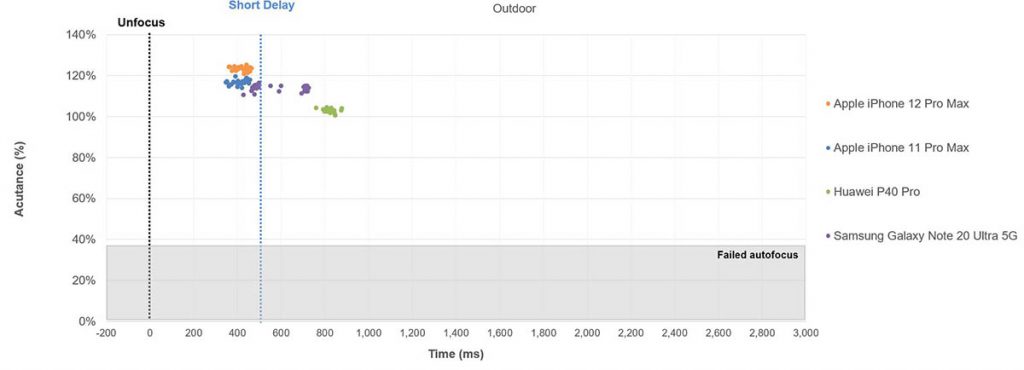
Apple also manages depth of field well, something that’s increasingly an issue as sensor sizes increase in phones and fixed apertures get wider. In our tests with people at different distances, the iPhone did a good job of picking a focus point that maximizes sharpness for both near and far subjects.

Texture
Apple iPhone 12 Pro Max
101
111

Noise
Apple iPhone 12 Pro Max
75
102
The iPhone 12 Pro Max earns a very good texture score, confirming observations that it holds onto detail very well, even as light levels drop. It does better in this regard than the 11 Pro Max through most of the tested range, and in the chart below, we see that it significantly beats the Samsung reference device at very low light levels, though it can’t keep up with the Huawei when the lights go down.
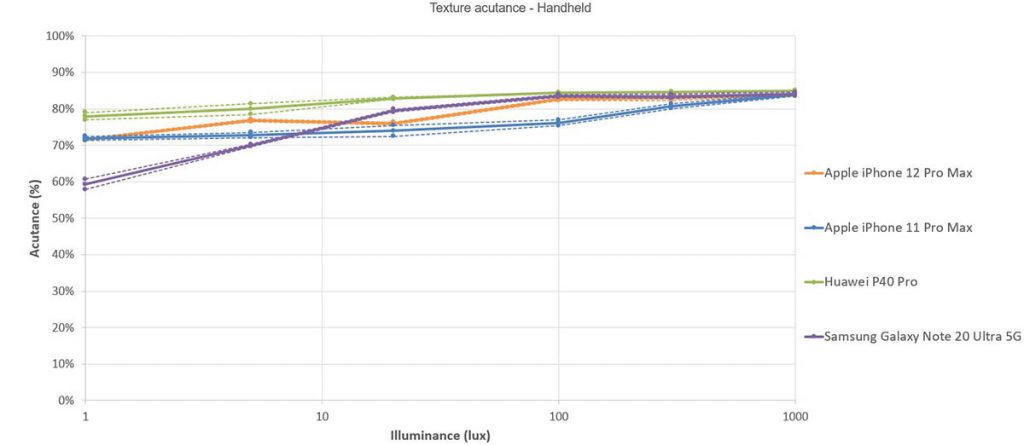
In the examples below under fairly challenging indoor mixed lighting conditions (the bright window in the background complicates things), the iPhone 12 Pro Max does a noticeably better job with fine detail than its predecessor, though the Huawei surpasses both.
The iPhone 12 Pro Max’s noise performance is less impressive, at least by flagship standards, though it’s a definite improvement over its predecessor in low light. In the chart below, we see that the Samsung has a higher baseline noise floor and the new iPhone stays under it for most of the test range. The Huawei, on the other hand, generally keeps noise in better check than the other devices.
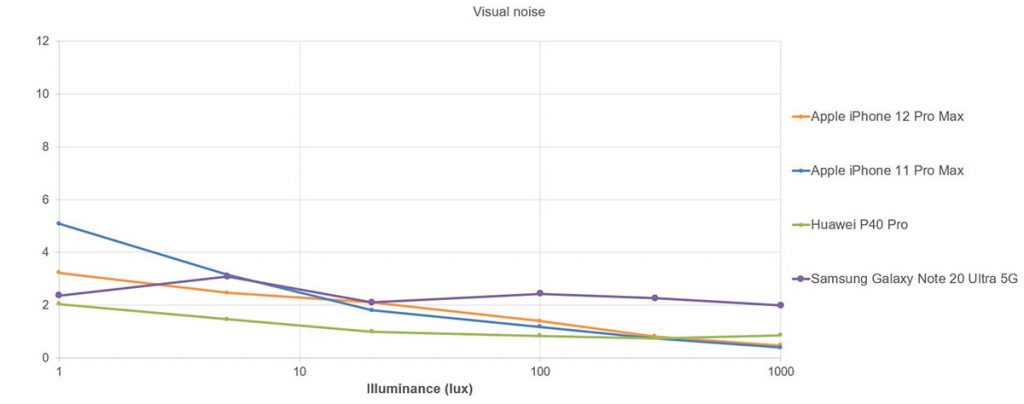
These lab results are borne out in the examples below. The new iPhone retains more detail with less noise than its predecessor, but the Huawei is more impressive than both (despite some underexposure).

Artifacts
Apple iPhone 12 Pro Max
65
77
Image artifacts are fairly well controlled overall on the iPhone 12 Pro Max, but there is room for improvement. The phone loses the most points in this sub-score for color quantization, which happens when color gradations that should be rendered smoothly aren’t, but ringing (from oversharpening) is also an issue. Other more minor effects include hue shift, ghosting, moiré, and fusion artifacts (errors in merging data from multiple cameras).
In the example below, we see color quantization and hue shift in the sky.
In this example, ghosting results from failing to account for movement between stacked frames.

Night
Apple iPhone 12 Pro Max
64
82
The iPhone 12 Pro Max is a capable night shooter and an improvement over the 11 Pro Max, but it lags the very best of the competition. Exposures are good down to low light levels and dynamic range is fairly wide. Colors are usually pleasant. In the example below, the iPhone manages a nice bright exposure and balances noise and detail better than the Samsung. Both the Samsung and the Huawei make slightly darker exposures, but the P40 Pro’s excellent night performance sets it apart from the other two.
When shooting portraits at night in auto mode, Apple opts to keep the flash from firing, a choice that some photographers might agree with but that can lead to underexposure in dim conditions.
The iPhone 12 Pro Max shoots pleasing images in its portrait mode with simulated shallow depth of field. The bokeh effect is natural-looking, and the iPhone largely avoids the pitfalls that some competitors fall into when trying to render faces naturally in this mode: skin tones are pleasing and detail levels are good, though the Huawei reference device, which really excels at this trick, does a little better at preserving details in the face.
The iPhone does a pretty good job of separating the subject from background, but like most devices, it does make mistakes around the edges, especially with difficult borders like hair. The LiDAR sensor does not seem to make an enormous difference here, at least not in normal light (Apple’s marketing highlights its ability to build depth maps in low light, but that’s not part of our test protocol).
Apart from boundary errors, which are fairly typical, our testers also noted that the iPhone on one occasion ignored foreground blur entirely. Otherwise blur gradient is fairly natural, though, and a nice improvement over the 11 Pro Max.
The new top-end iPhone is also pretty good at capturing bokeh simulation images in low light. It maintains both a natural bokeh effect and good detail even in very dim conditions, thanks to use of the LiDAR and night mode activation in bokeh mode. Bokeh testing in low light is not currently part of our test protocol, as we mentioned above, but we have added a few low-light bokeh samples to our gallery at the end of this review for you to look at.

Preview
Apple iPhone 12 Pro Max
77
80
When we introduced our Preview benchmarking, Apple proved to be far ahead of the competition when it comes to accurately showing what you’ll get on the screen, and the iPhone 11 Pro Max had the highest Preview score until now. The iPhone 12 Pro Max and its non-Max sibling now share the top spot, but there’s still a lot of room for the industry as a whole to grow in this metric, as even with this top-scoring device, what you see isn’t exactly what you’ll get. In general, exposure in the preview image closely approximates what is actually captured in the photo; dynamic range is usually close as well, though it can be more limited in the preview, as seen below.
The bokeh effect in portrait mode is previewed with only an approximation of the depth map, so the blur tends to spill over onto the subject more than in the final image. Zooming hasn’t been perfected yet, either, with jumps as you step between cameras and occasional white balance and exposure instabilities.
Zoom scores explained
The iPhone 12 Pro Max achieves a Zoom score of 68, leaving it behind most of the flagship phones we’ve tested with this new protocol. The Zoom score is a composite of wide and tele scores. In this section, we take a closer look at how these sub-scores were achieved and compare zoom image quality against some key competitors.

Tele
Apple iPhone 12 Pro Max
87
140
The iPhone 12 Pro Max outdoes its predecessor in this sub-score, but with the exception of the Pixel 5, other current flagship phones we’ve tested do better. The new iPhone adds a bit of reach over the 11 Pro Max, but many competitors are going a lot farther, hence the disparity in scores. That said, at medium zoom ranges at or just above the native focal length of the iPhone’s tele module, results are very good.
At closer zoom ranges, however, we discover one area in which the iPhone 12 Pro outdoes its larger sibling. Because the 12 Pro phone has a shorter 52 mm-equivalent zoom module, it kicks in earlier in the zoom range than the 12 Pro Max’s 65 mm-equivalent camera. Rather than merge the output from the tele-camera with the wide like some phones do, the iPhone 12 Pro Max simply crops from the wide camera, resulting in lower quality than the 12 Pro over this range. Note: We usually refer to zoom ratios with the main wide camera as the base, which is why we call this a 2.5x zoom.
Once the tele-module does kick in, though, it does a better job, outperforming the iPhones 12 Pro and 11 Pro Max, though there is some loss of detail and more noise than is ideal. The exposure and color in both iPhones’ output are notably better than the Samsung’s below.
At those long zoom ranges, the iPhone 12 Pro Max crops heavily from its tele-sensor and quality drops as steeply (as you would expect).

Wide
Apple iPhone 12 Pro Max
41
58
This iPhone offsets its lackluster Tele score with a strong Wide showing. Apple first introduced a 13 mm-equivalent ultra-wide module in the iPhone 11 and 11 Pro, and it continues with that spec here. While not quite as all-encompassing as the ultra-wide lens on the Xiaomi Mi 10 Ultra, this camera still packs in a lot and bests much of the competition in terms of coverage. Image quality is good overall, though a green cast is sometimes visible (see below), and detail and dynamic range could be better.
Video scores explained
A device’s overall Video score is derived from its performance and results across a range of attributes in the same way as the Photo score. We tested the iPhone 12 Pro Max video mode at 4K resolution, 30 frame per seconds and HDR mode (Dolby Vision 8.4), which achieved the best results overall. We analyzed the Apple’s HDR videos using an HDR-compatible display (Apple XDR Pro Display), and we analyzed the comparison devices in this test using their native SDR (standard dynamic range) mode and SDR displays.
The Apple iPhone 12 Pro Max achieved a Video score of 113, tying for second place in our database as of this writing. Its Video sub-scores are as follows: Exposure (99), Color (99), Autofocus (103), Texture (84), Noise (102), Artifacts (78), and Stabilization (101). In this section, we take a closer look at the device’s strengths and weakness for video, with some comparisons against its key competitors.
The iPhone 12 Pro Max shoots nicely exposed video down to fairly low light levels, but exposure does drop off when things get really dim. This iPhone does a little better than the 11 Pro Max, but the Huawei P40 Pro maintains more accurate exposure in very dim conditions.
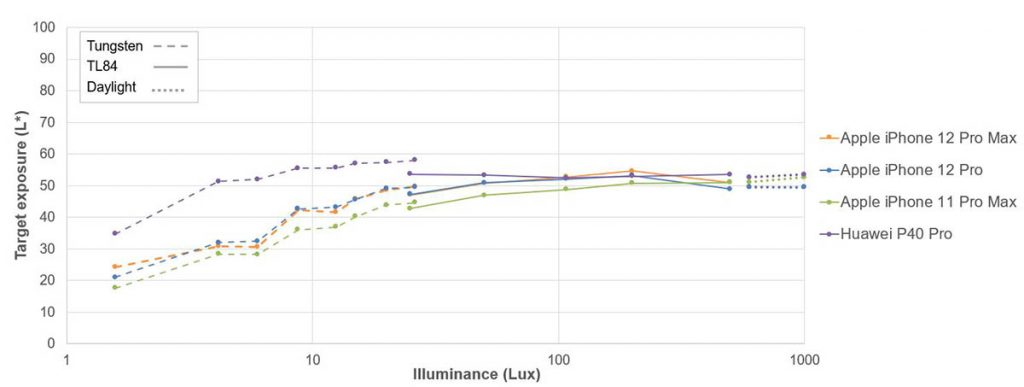
Color rendering is generally pleasant, with nice skin tones both indoors and out. Our testers did notice slight color casts, and white balance overshoots sometimes happen when lighting quality suddenly changes, with the phone overcompensating for the change before backing up to a more accurate result. Video footage shows low noise levels down to very low light levels. Detail is also strong in bright light. It dips as the light drops, but at the lowest light levels tested, it’s still not bad.
Our lab measurements confirm that noise performance is very good in bright light and then largely tracks the excellent precedent set by the Huawei P40 Pro, with very good performance down to near darkness at 1 lux.
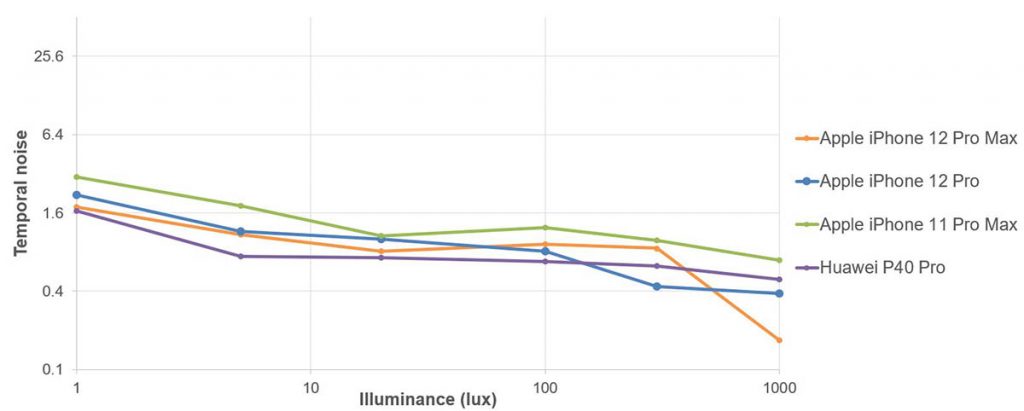
In this texture chart, we see that the iPhone 12 Pro Max holds onto more detail than the Huawei at the lowest light level, though the Huawei does better in the middle values.
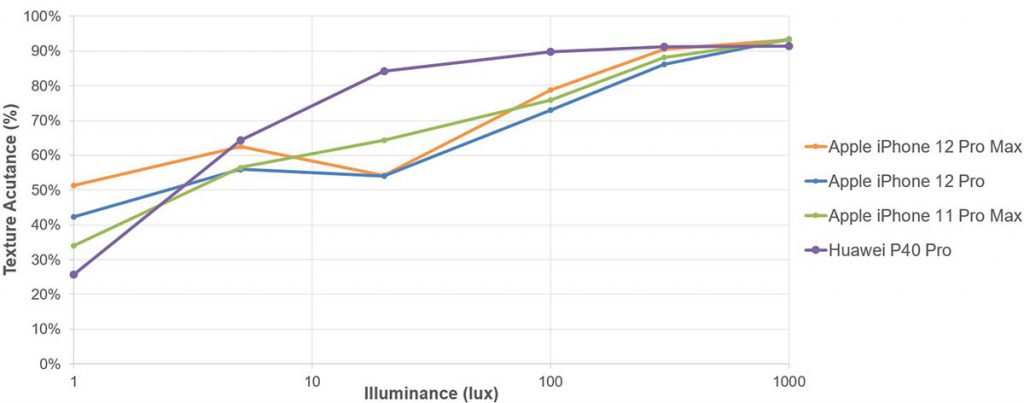
As with stills, the iPhone 12 Pro Max has fast and accurate autofocus when shooting video. The camera is quick to smoothly shift focus as required when the subject moves or changes, and tracking is effective. That said, our testers did notice the occasional misfire in very low light when AF would lock on the background rather than on the subject.
Video artifacts are well controlled overall, but our testers noticed some lens flare and color quantization as well as unnatural rendering in parts of the scene with subtle color gradients. Possibly thanks to the sensor-shift approach, the iPhone 12 Pro Max’s video stabilization system is very effective at keeping shots steady and does not introduce frame shift artifacts.
Conclusion
Apple’s latest flagship makes useful advances over its predecessor in almost every way. Image quality is very good, autofocus is lightning fast and accurate, detail is high, and colors are generally pleasant. Apple remains a leader in preview performance, so what you see when composing a shot looks a lot like the final result. Dynamic range could be better, but mobile photographers should be pleased overall.
This iPhone’s weakest link is its lack of long zoom capability, something we’re seeing more of in flagships from the competition. If reach is paramount to you, then there are other phones that excel in this metric (but none that run iOS).
Video performance overall is excellent, just short of the best we’ve seen. Wide dynamic range, good color, low noise, and effective stabilization make this iPhone a good choice for users who prioritize video capabilities.
For mobile photographers committed to the iOS ecosystem and ready to part with the hefty purchase price, the iPhone 12 Pro Max shouldn’t disappoint.
Pros
- Fast and accurate autofocus
- Accurate exposure
- Pleasant warm white balance indoors and in low light
- High detail in good light
- Wide dynamic range in videos
- Pleasant color rendering and skin tones in most videos
- Noise is generally well controlled in videos.
- Video stabilization is effective.
Cons
- Dynamic range is limited in stills.
- Noise is often visible in stills, especially in lower light.
- Color can look unnatural in HDR scenes.
- Color quantization, ghosting, hue shift and ringing artifacts in photos
- Exposure instabilities in videos
- White balance casts in low-light videos
- Flare and color quantization artifacts in videos
Please also have a look at our Apple iPhone 12 Pro Max gallery below. It includes images that our experts shot in a variety of situations and shooting modes for you to view and examine.
A note about image formats for this review: The Apple iPhone 12 Pro Max records photographs in the DCI-P3 color space, which Apple displays also use. DCI-P3 is newer and larger than the sRGB color space that most devices use. So to ensure that the images we used in the review display properly on a wide variety of browsers and devices, we converted the originals from DCI-P3 to sRGB. This can slightly reduce the richness of color in some cases from what you would see when viewing the original images on a DCI-P3-calibrated display with appropriate software. We also captured the original images using the new HEIF (High-Efficiency Image Format), but then converted them to very high-quality JPEGs for viewing in standard browsers and image editing software. (HEIF is very similar to JPEG, but provides better compression for similar image quality, so the conversion makes the sample image file sizes larger than they were when shot.)
We uploaded the iPhone 12 Pro Max HDR videos that use Dolby Vision 8.4 technology to YouTube without alteration. We recommend watching them on a compatible display for the best experience. This said, YouTube processing may alter the video quality, which is out of our control.


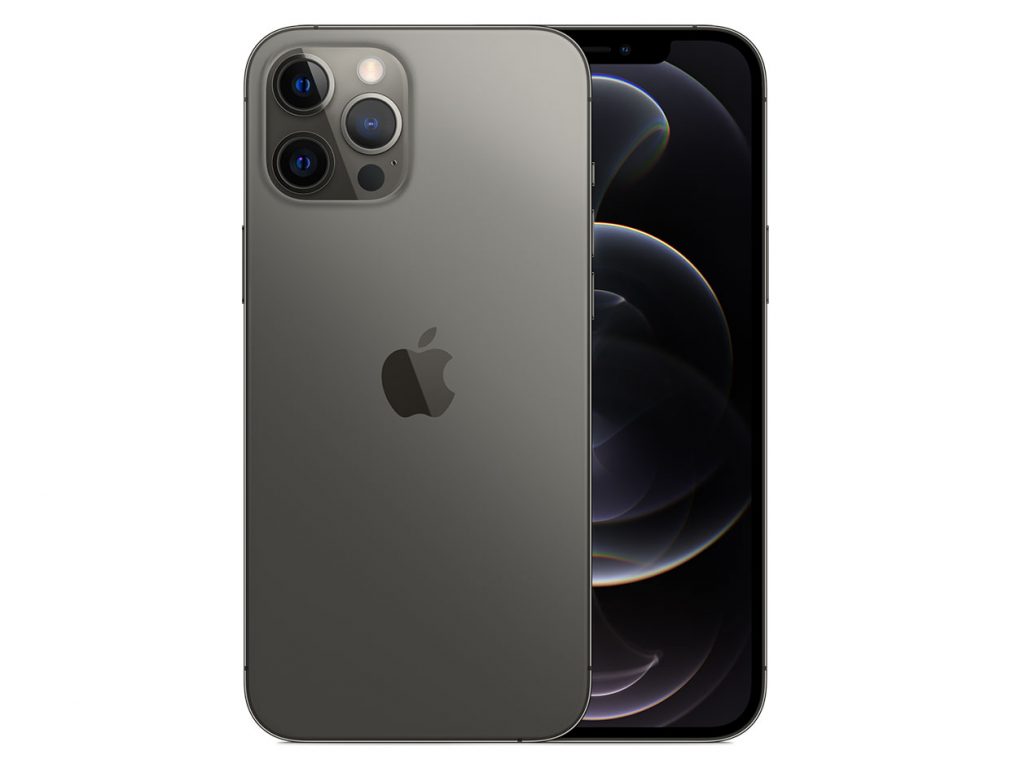
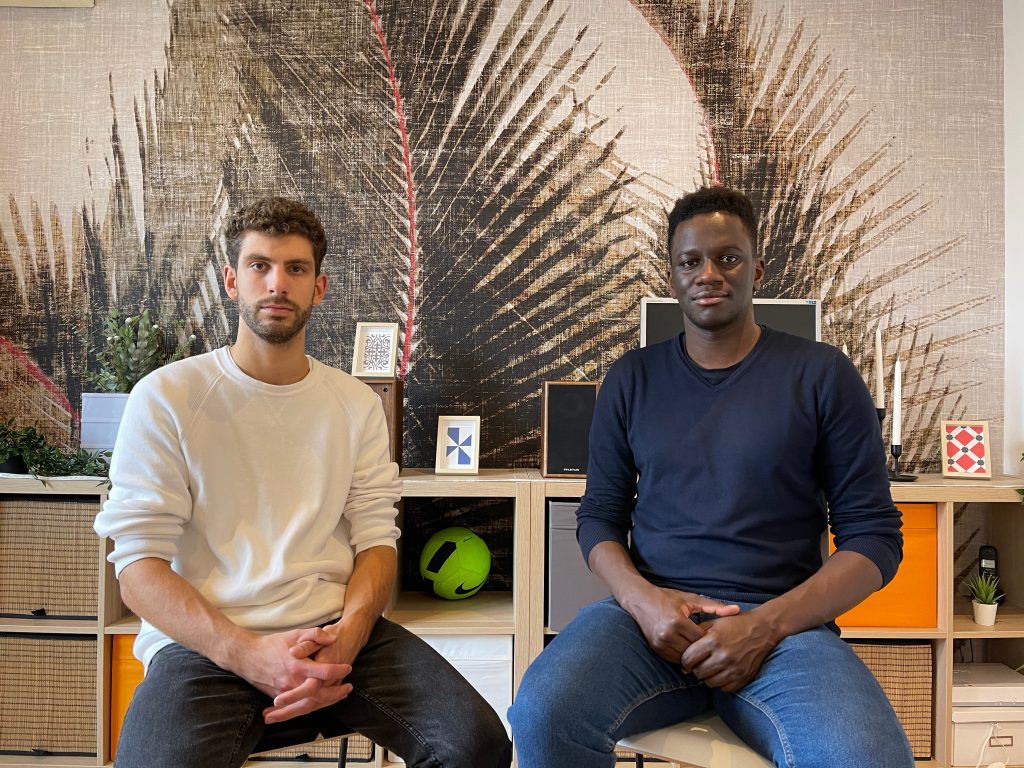

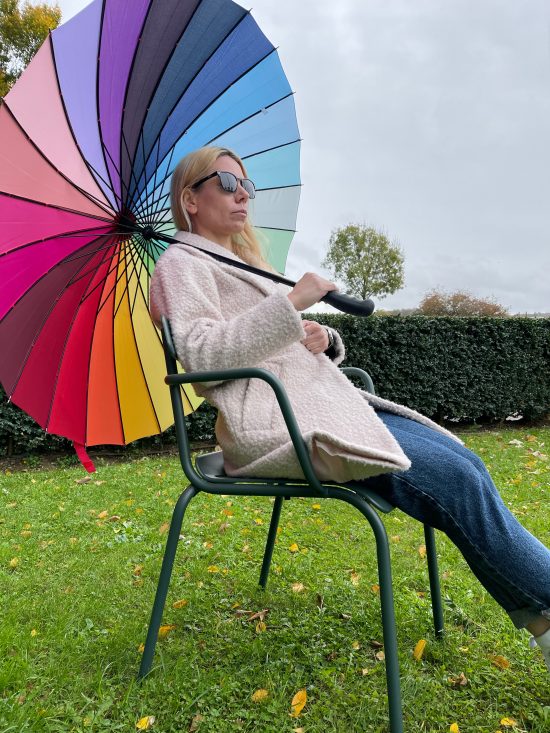





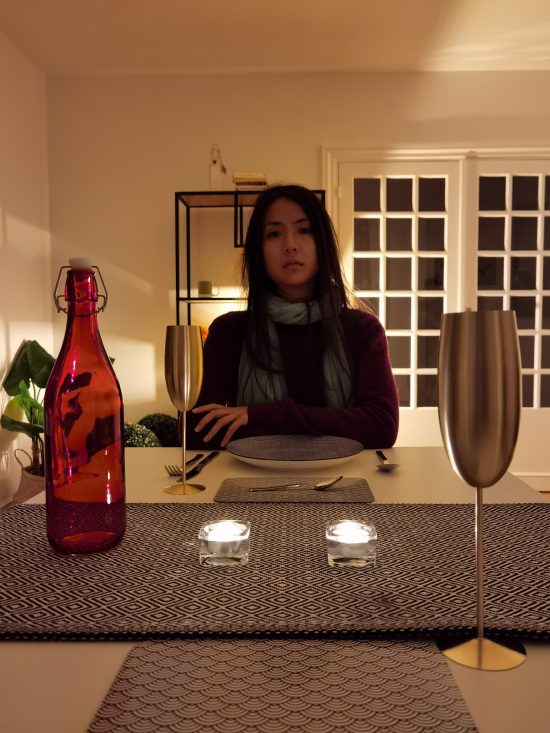
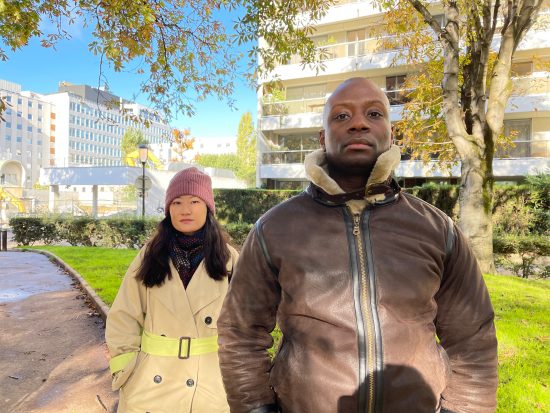
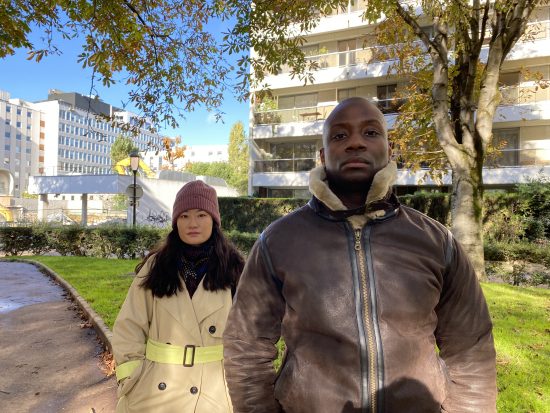
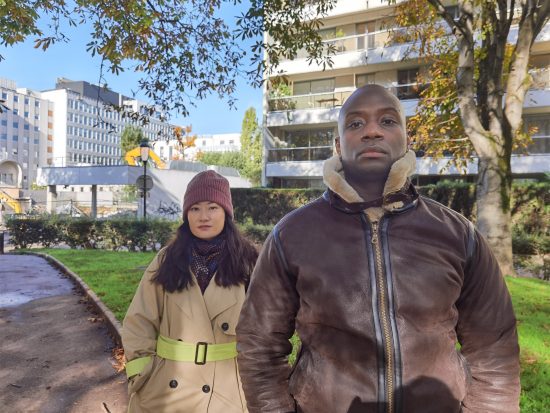




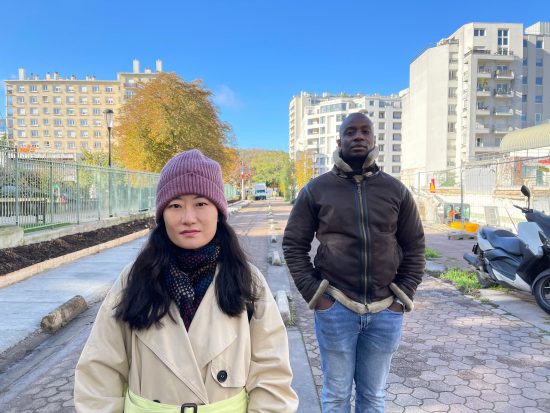









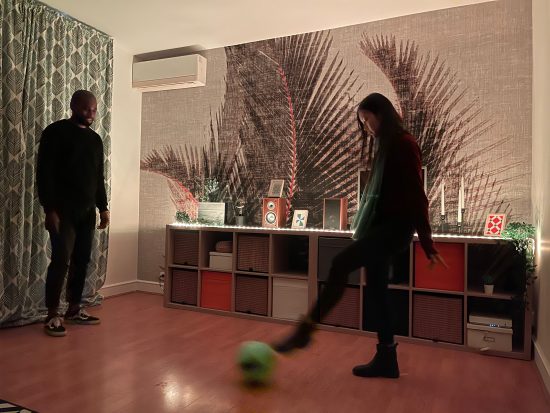










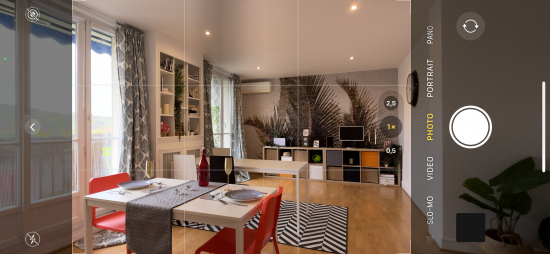

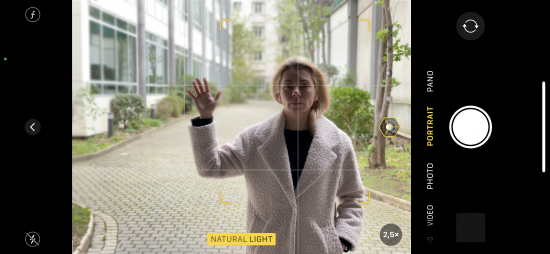



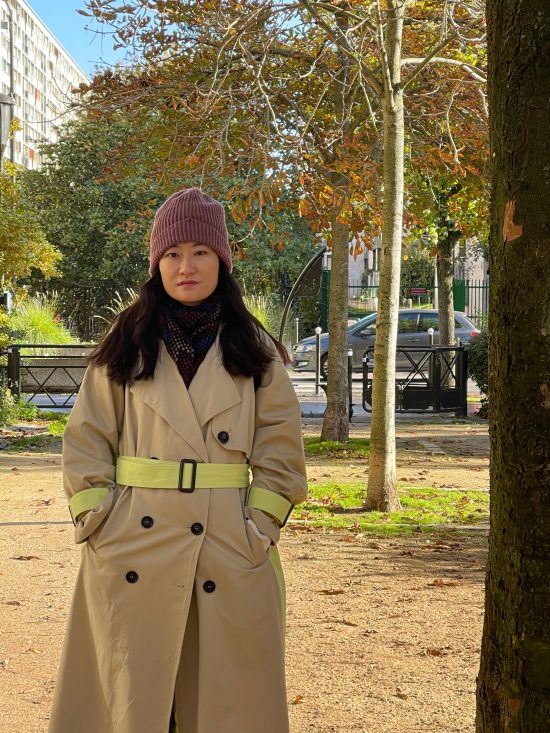
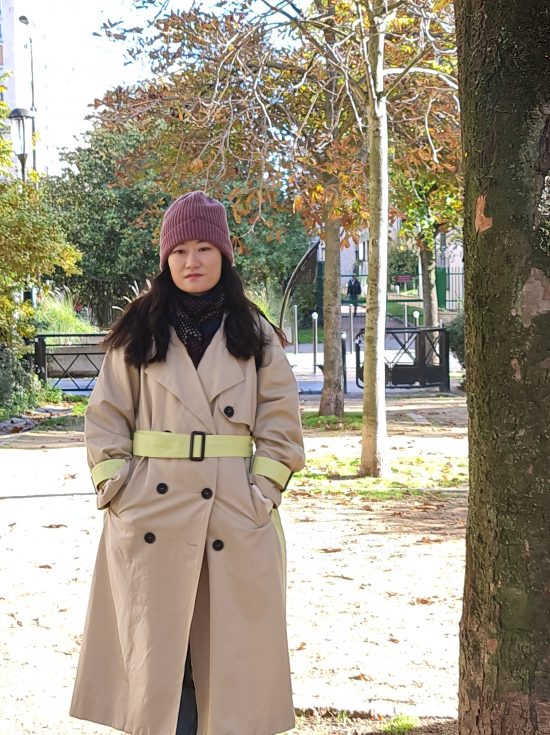
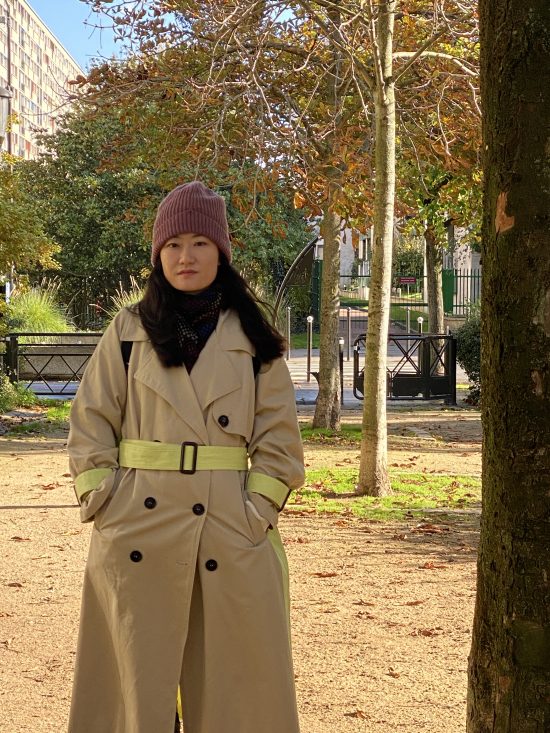
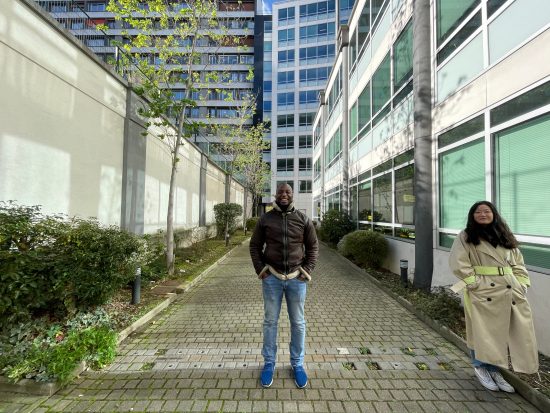
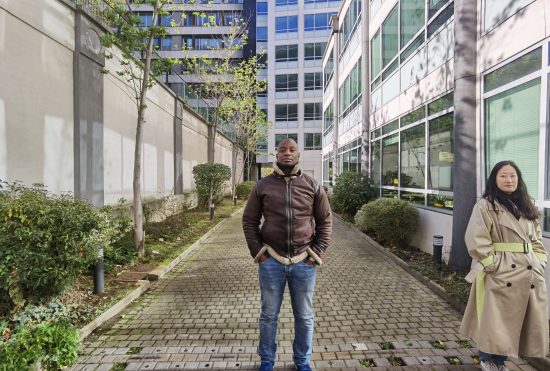



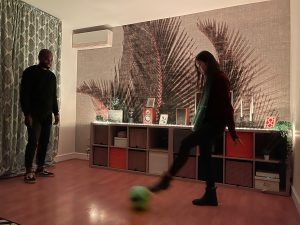















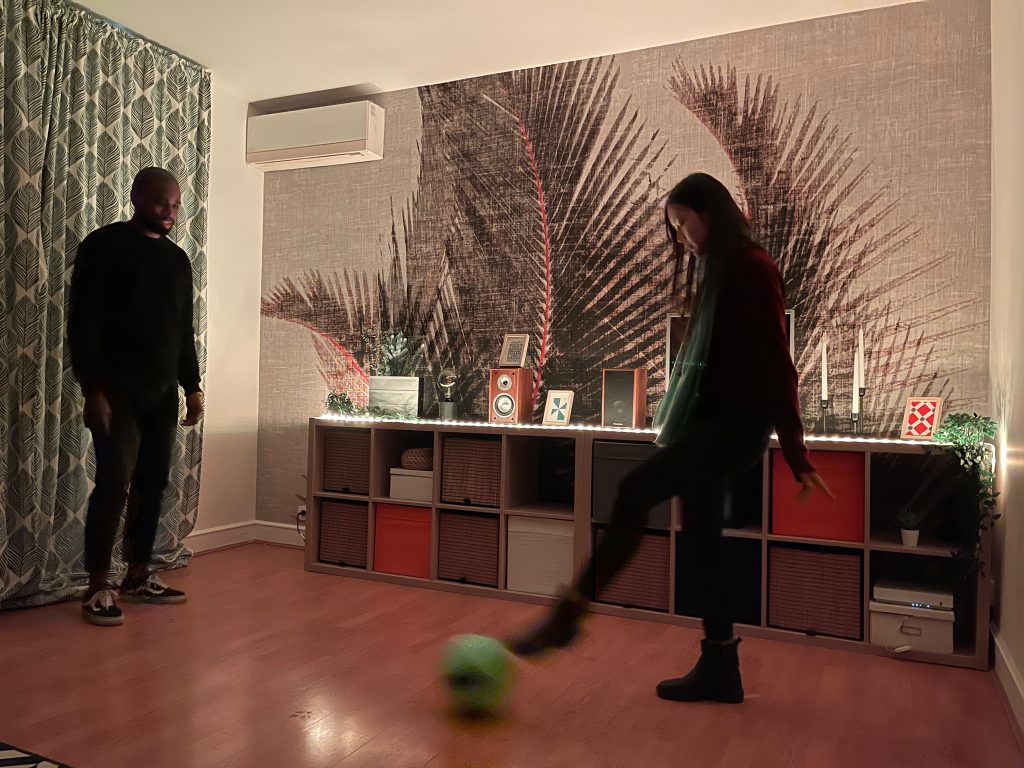
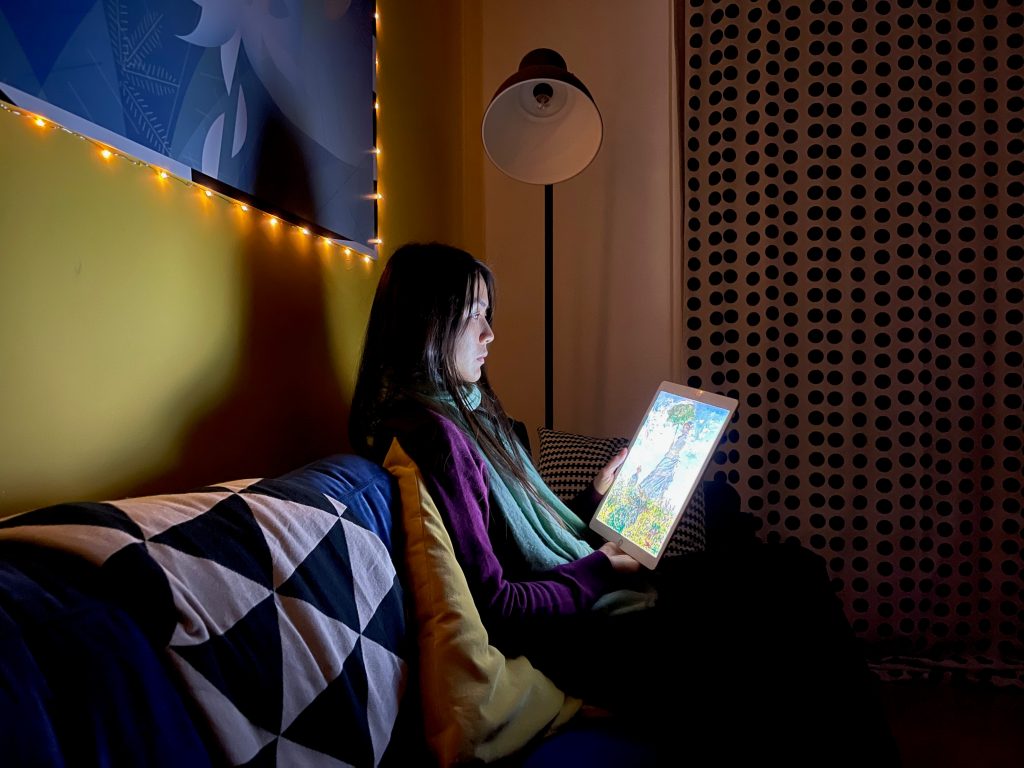
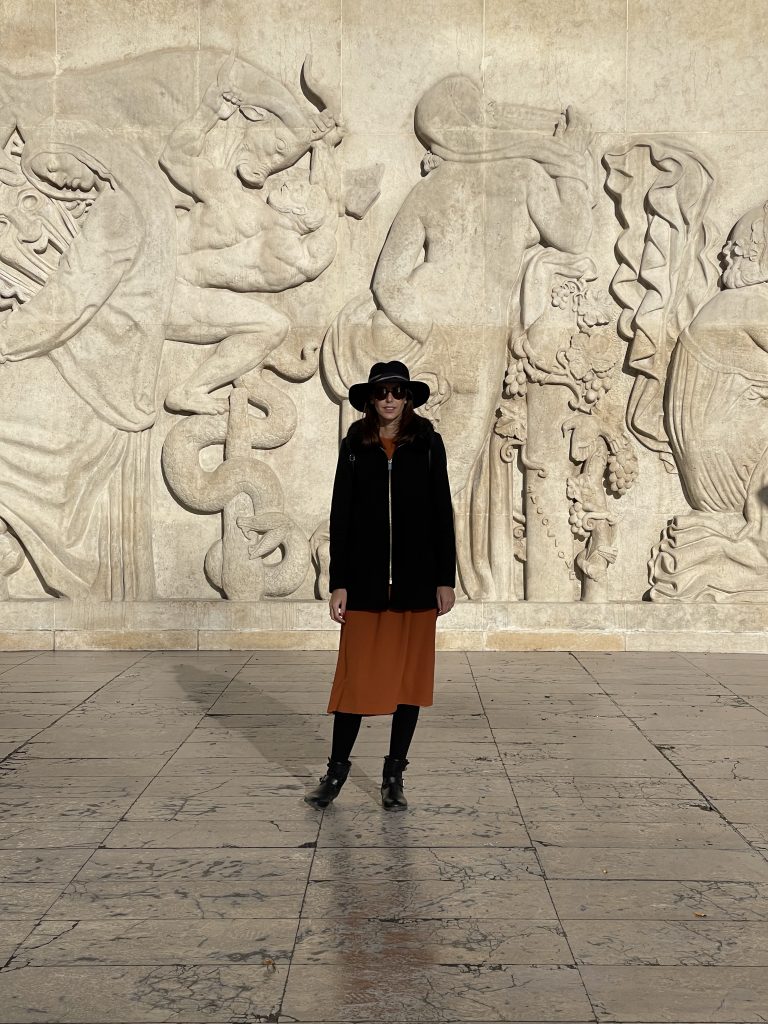
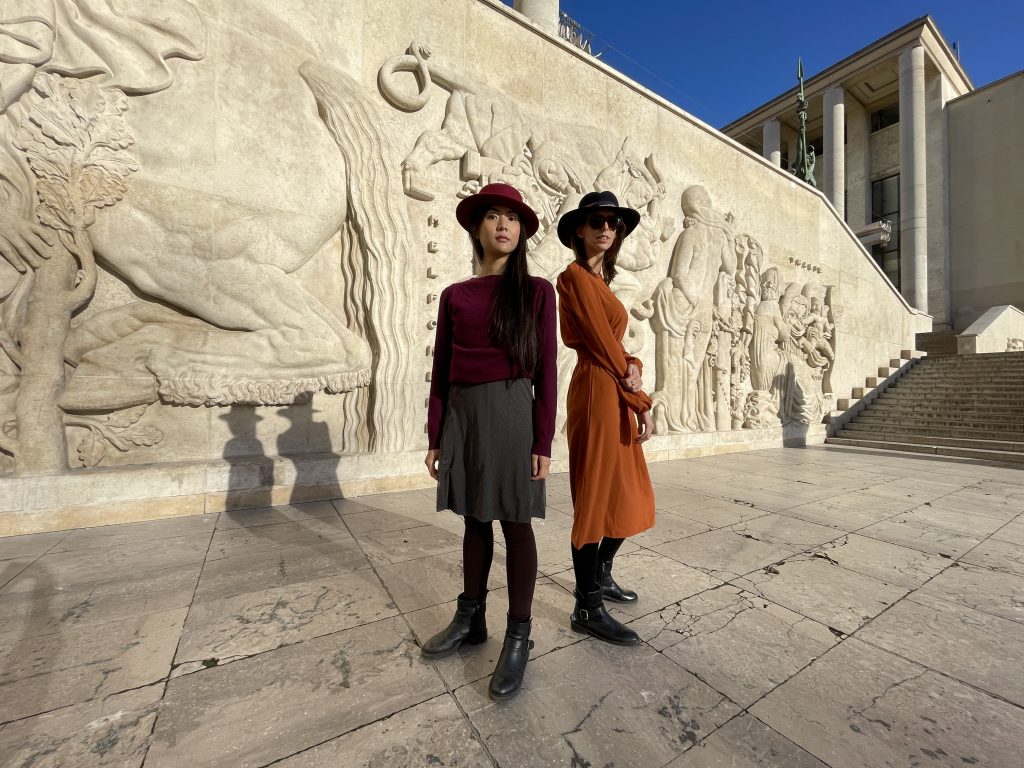

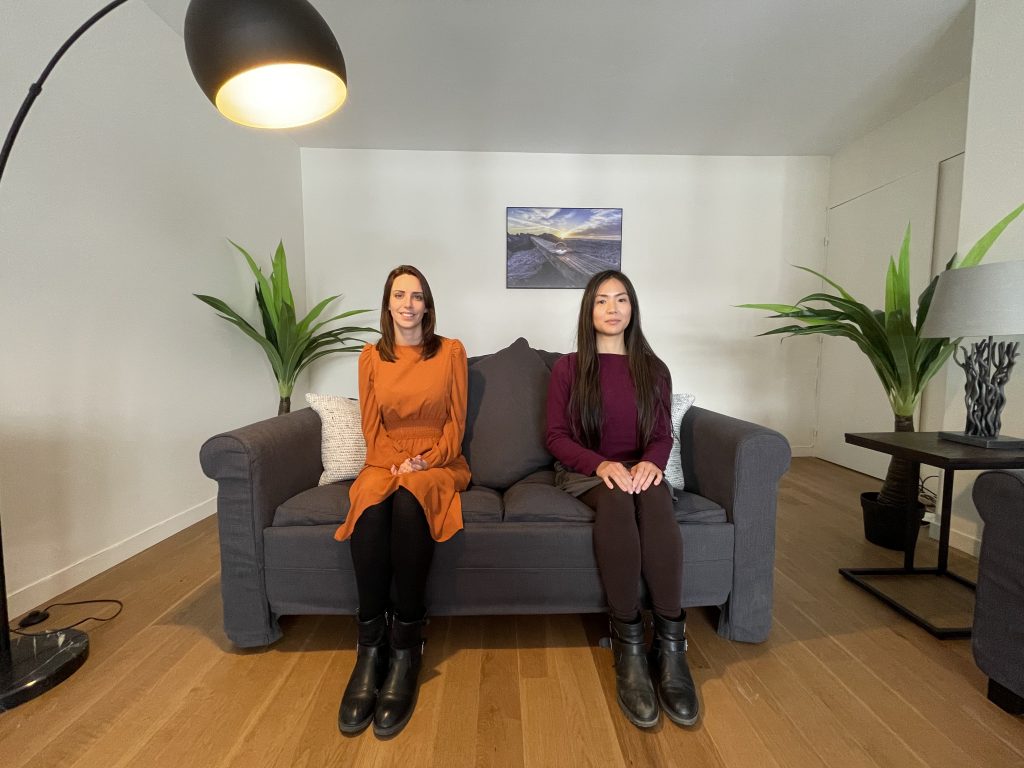

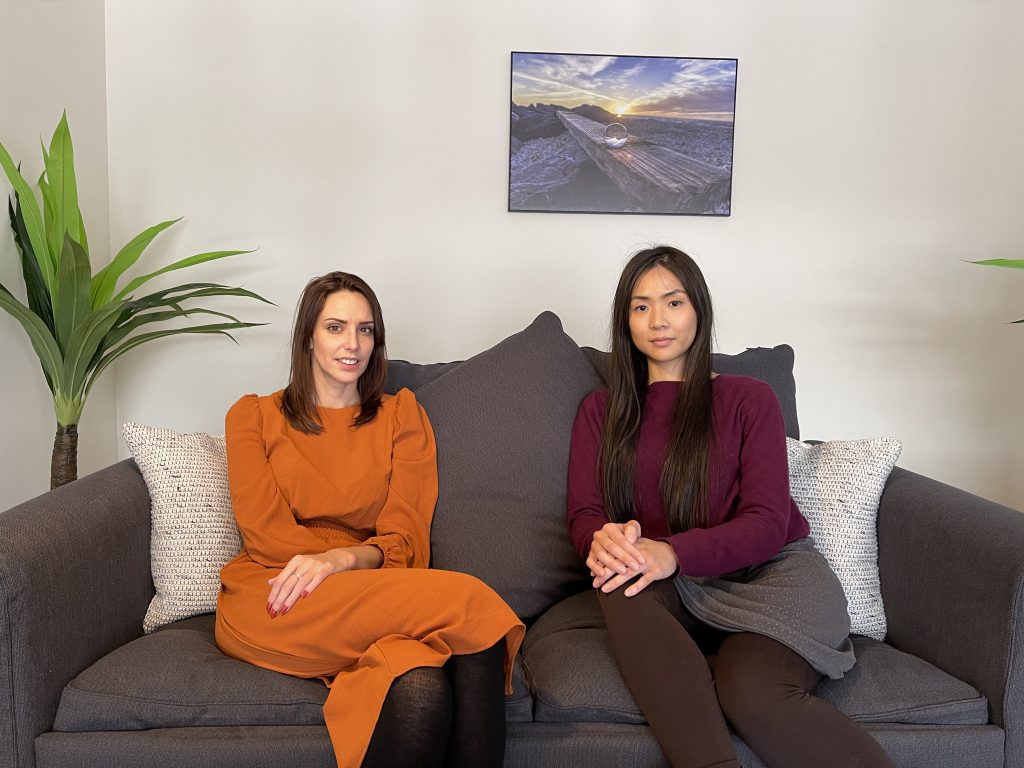






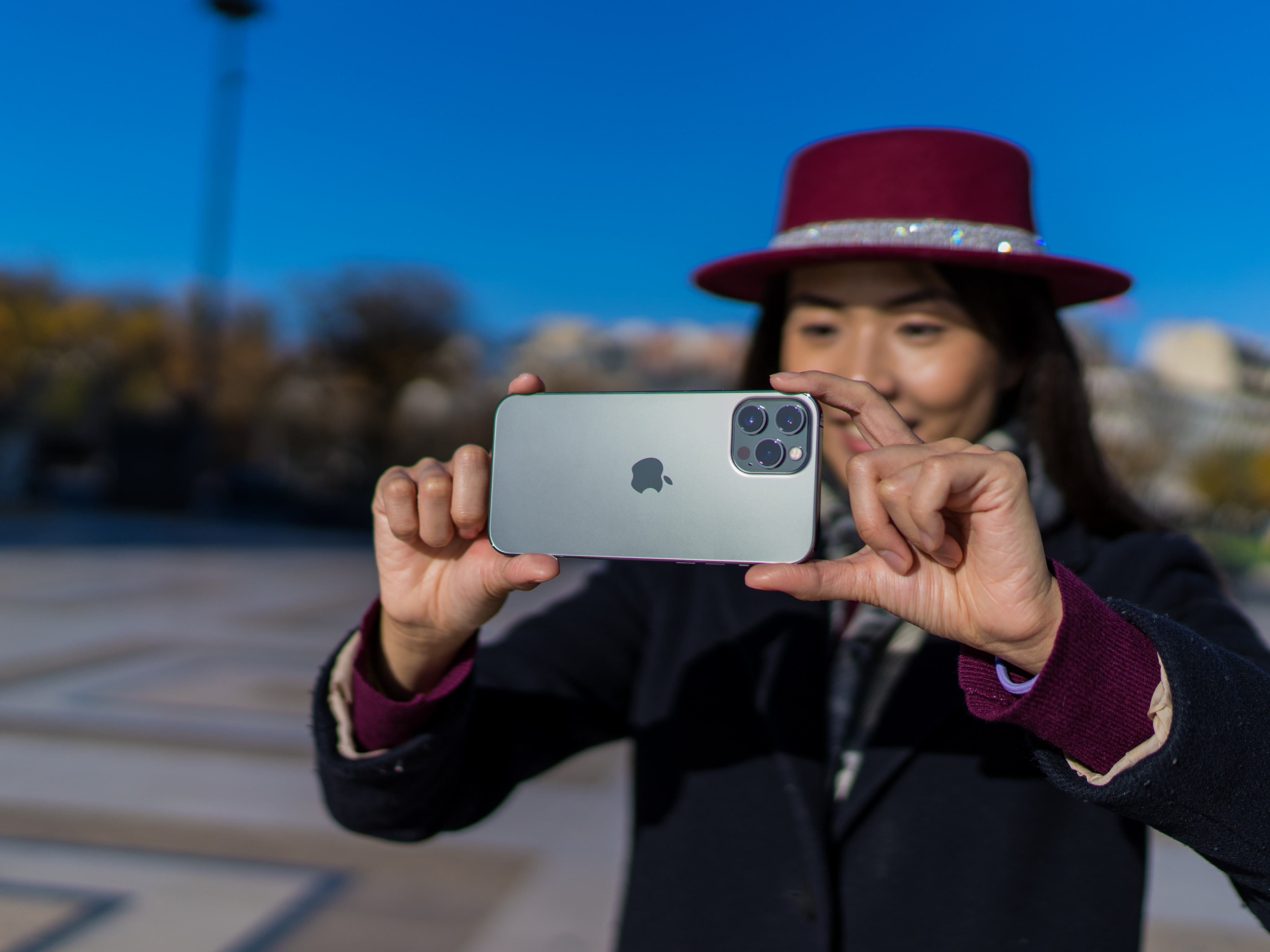

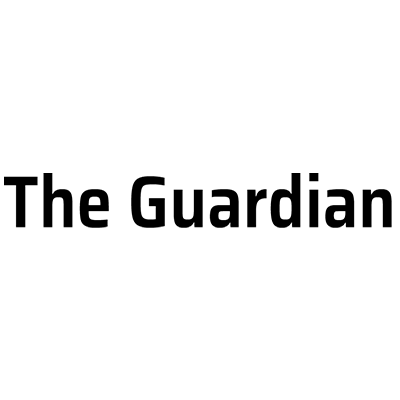
DXOMARK encourages its readers to share comments on the articles. To read or post comments, Disqus cookies are required. Change your Cookies Preferences and read more about our Comment Policy.